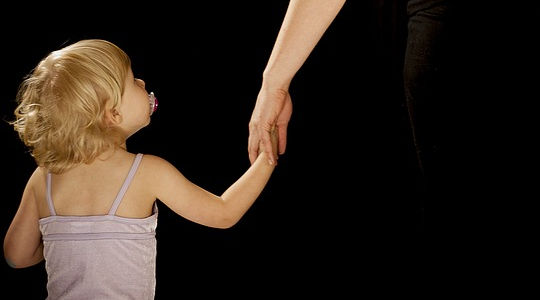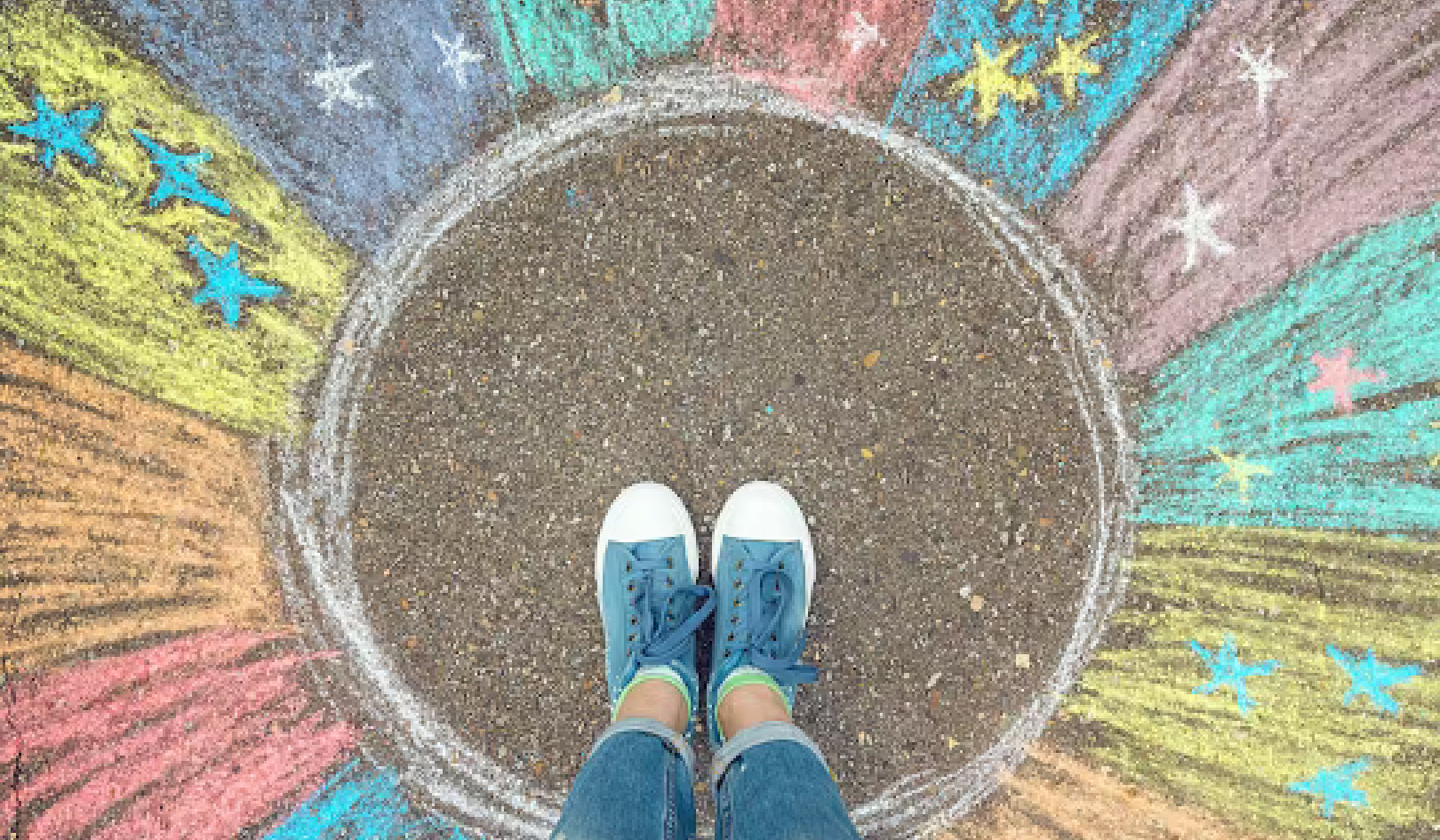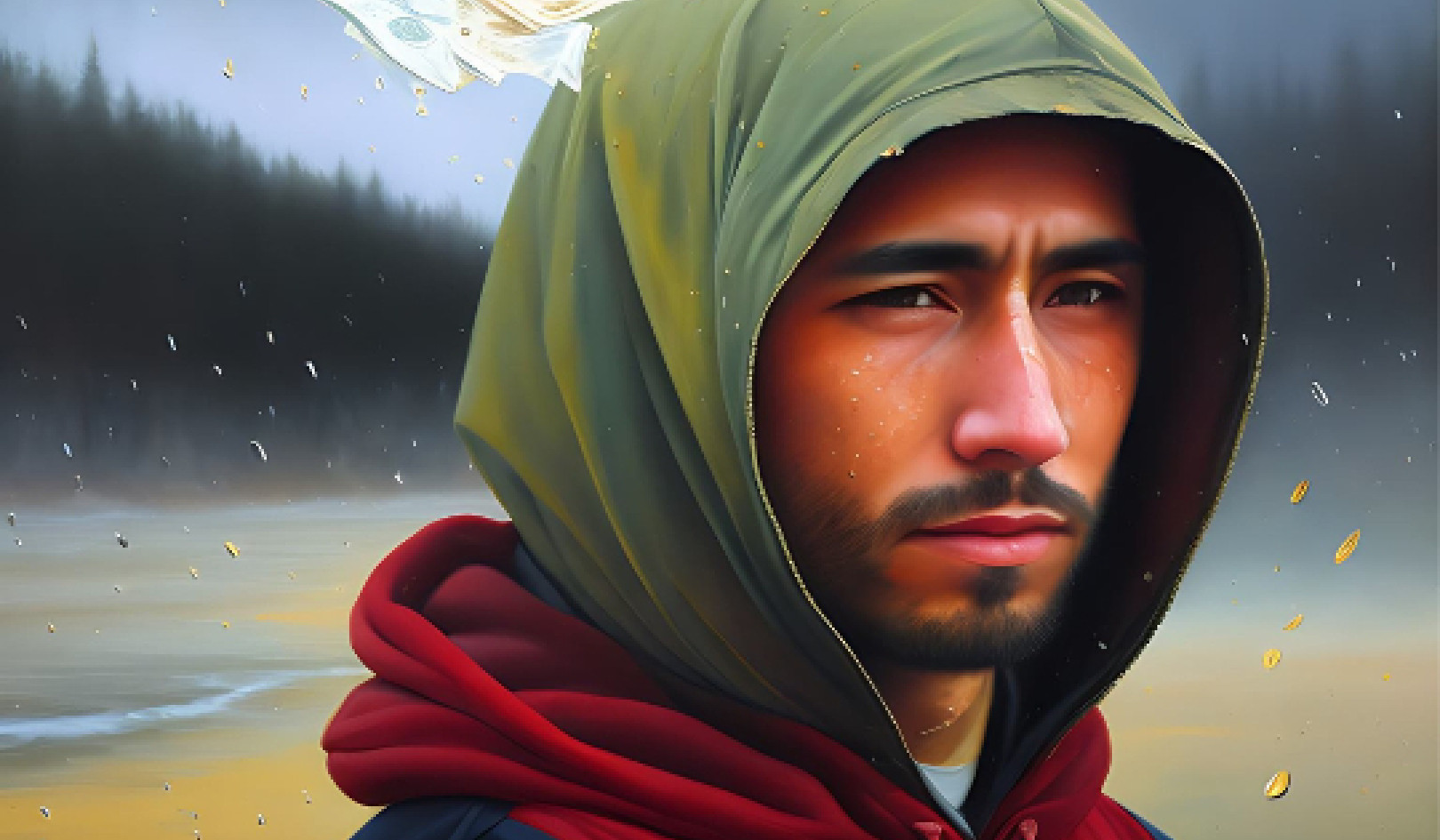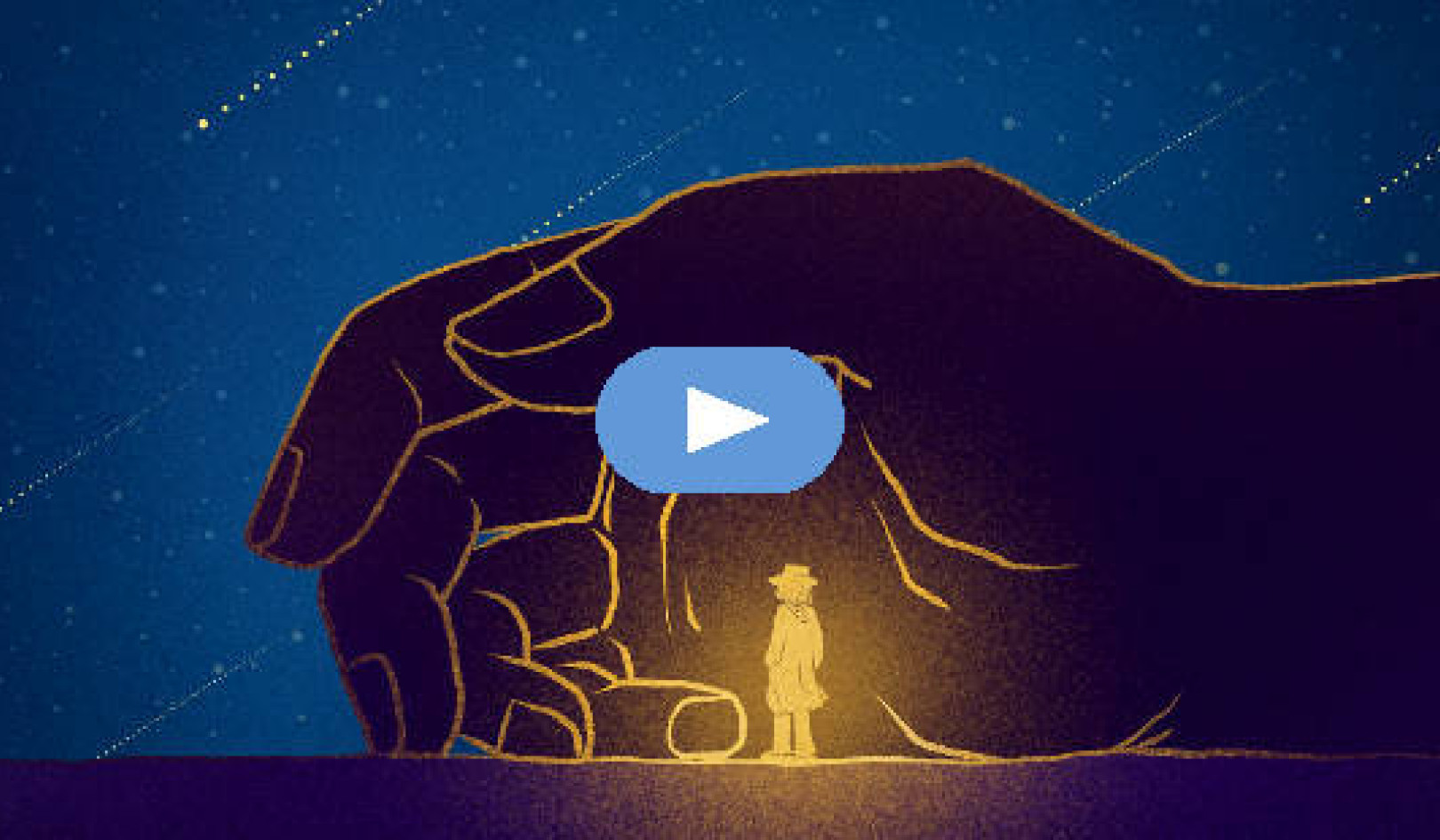
If you look deeply into the palm of your hand, you will see your parents and all generations of your ancestors. All of them are alive in this moment. Each is present in your body. You are the continuation of each of these people. — Thich Nhat Hanh
“[Family] is the nest in which the soul is born, nurtured, and released into life,” Thomas Moore wrote. “It is an elaborate history and ancestry and a network of unpredictable personalities.”
From whomever or wherever we come, our present is, in good part, made up of the stories of our past. These stories can be thought of as the twigs and string and odd detritus that holds our families together, and in each of these stories, at least one of these “unpredictable personalities” wants to take wing and fly.
Our family members’ characteristics — physical, psychological, and sociological — propel them to believe and behave as they do: the black-sheep aunt who ran off with the circus, the older sister we admired for her ability to lie, the war-hero grandfather whose medals are elaborately framed and hung over the piano, the grandmother whose biscuits and jam feed our euphoric recall of childhood.
The Stories of our Family History
Our lives are shaped by stories. Sometimes we create them on the spot — Guess what happened today? Sometimes we retell what has been told to us — This is how our family came to California. Using our imagination, we attempt to explain what we don’t understand by adding details that later become part of the family history — This is why Aunt Louise and Aunt Theresa can’t be invited to the same party. If a story is told often enough and for long enough and repeated down through generations, it can take on the elements of myth, revealing who we are, how we got here, and why we do what we do.
As storytellers, we naturally use metaphor, symbology, and imagination to make the story better. My mother would never think of herself as a storyteller, but it is from her that I heard the tales of how poor the family was when she was a girl. Maybe, without being conscious of it, she wanted to relate certain values or mores about our history of hard-working, honest, salt-of-the-earth folks. On the other hand, she might have wanted to remind me of the kind of people we come from just in case I was getting fancy ideas or presenting myself in a way that didn’t fit with her beliefs of who we were.
Lies, Shame, and Skeletons in the Family Closets
We all have skeletons in our closets. Some of this hidden or distorted past we may never know about, and some has become part of the tapestry that is our family history. There are the secrets we know, even if we don’t talk about them, and there are others we suspect. We read facial expressions, voice intonations, body language. Even, or maybe especially, as children, our intuition tells us when something is amiss. Lying is not a foreign language.
Shame is a common reason for keeping secrets, which always results in telling lies. But shining a light, acknowledging the secret, unraveling the lie, if only for ourselves and to ourselves, takes us that much closer to our authenticity.
One of the exercises I offer in my workshops is an opportunity to write about a secret or lie. I pass out small slips of paper and have participants write a few details of a secret — a big secret, little secret, not-so-secret secret — on each strip. We fold the strips of paper and place them willy-nilly in front of us, mixing them up, mixing them up, mixing them up like a shell game so that we lose track of which secret is on which strip of paper. Then we select one from our pile to write about.
What I and others have discovered is that when we finally put the words on the page, the secret loses some of its power and becomes, instead, a story, which has power of a different kind.
Mothers and Daughters: An Invisible Emotional Cord
While risk taking is essential to living an authentic life, many of the women I asked said their mothers warned against taking chances or risking anything. In Suzana’s family, “one was heavily encouraged to play it safe in every aspect of life.” Rather than being blessed with a confirmation of our creativity and natural responsiveness to the world, we were raised to “be obedient and quiet, to share and not be selfish, to always ‘play nice,’ ” as Donna put it.
But creative is not careful, and many of us, like Gina, strained against “the push-pull of my upbringing with my creative, rebellious temperament,” which she said, “has been and continues to be a core struggle in my life.”
“A daughter’s relationship with her mother is something akin to bungee diving,” wrote journalist Victoria Secunda. “She can stake her claim in the outside world in what looks like total autonomy...but there is an invisible emotional cord that snaps her back.”
If there has been a legacy of push-pull in our lifelong journey with our mothers — from infancy to adolescence to adulthood to perhaps becoming a mother ourselves — the stories we write will mark stress points and resting points along the span. But the same story, written at different times in our life, or hers, may take on new coloration and voice, and with this change in perspective, may turn out to be a completely different story. We see her differently because we ourselves have changed.
Rich said, “It is hard to write about my own mother. Whatever I do write, is my story I am telling, my version of the past. If she were to tell her own story other landscapes would be revealed.”
EXPLORATION: Daughters Writing Mothers
Do you have questions you haven’t asked your mother, and might never have the opportunity to ask? Do you wonder what she was like as a child, what she dreamed of but never spoke about?
There comes a time in our lives as children when we discover our parents are individuals in their own right, that they have lives that don’t include us. We overhear a conversation or observe a particular way they look at each other — the exchange of a glance or an intimate gesture that excludes us. This discovery is the seed of an ever-changing perspective of our parents that continues for as long as we are alive.
In a eulogy for my mother, I wrote,
Did you really love fishing? Or did you just do it because Daddy loved it? What dreams did you give up to be his wife and our mother? I’ve always known you put away something of what you were to be, for what you thought you should be. I wish I could have known that other you. The one that perhaps came alive only in your early visions, long, long ago when you were young and anything was possible.
What do you know for certain about your mother, and what do you imagine? If you have photographs of your mother at different ages, examine them closely. Rather than the story you know about the photograph or the story you’ve been told, what story does the photograph tell?
Fathers and Daughters: The Ideal and the Real
It’s said that most three-year-old girls fall in love with their fathers; some even want their mother to disappear so they can marry their dad. Other girls grow into women who spend their whole lives searching for someone to watch over them.
Father is the archetype of the Elder, the King, the Wise One. He is Teacher, Magician, Defender of the Faith and the Realm. He is both Darth Vader and Dumbledore. He is Absent Father and Atticus Finch. Zeus and Milquetoast. He is all this and a thousand other faces — complex, contradictory, completely unique, and completely yours.
Throughout this book (and my life), I have written of my “father,” and, in evoking childhood memories, “Daddy.” Both titles describe his role in my life. He is the one who nurtured my curiosity and bragged on my accomplishments; he’s also the one who slapped my face for lying. He, more than anyone else, encouraged my Wild Child yearnings and modeled braving the path that follows dreams.
Not all my sisters would say the same.
“It doesn’t matter who my father was,” Anne Sexton wrote in a journal, “it matters who I remember he was.”
EXPLORATION: Daughters Writing Father / Daughters Writing Daddy
Now, as we begin our written Explorations of Father, I bring to mind a photograph of Daddy posed on the Golden Gate Bridge in his navy uniform, its wide collar lifted in the wind.
No matter how many times or with how many groups I have used the prompt “My father’s hands,” the stories that result always surprise me in their freshness, their individuality, and their wild rawness. I’ve been using the prompt for so many years, I can’t remember where I first heard it or the first time I wrote from it.
Try it for yourself as a simple writing-practice-style, timed, focused writing. Set your timer for seventeen minutes, write the prompt “My father’s hands” at the top of a blank page, and follow the first image that appears. Don’t stop until the timer goes off.
After you’ve finished, breathe, read aloud what you’ve written, and follow up with whatever thoughts or feelings surface.
Continuing the Journey
Is all this detail about family and exploration into relationships stirring up stories that show up in surprising places while you are simply writing the day-to-day in your Journey Notes notebook? This is a good thing; who knows what might come of all these bits and pieces of memory and reflection?
Writing from authentic wildness doesn’t usually happen like the burning-bush phenomenon; it’s more of a turn the soil, plant a garden, water it, be patient, and keep weeding kind of process.
©2015 by Judy Reeves. All Rights Reserved.
Reprinted with permission of the publisher,
New World Library, Novato, CA 94949. newworldlibrary.com.
Article Source
 Wild Women, Wild Voices: Writing from Your Authentic Wildness
Wild Women, Wild Voices: Writing from Your Authentic Wildness
by Judy Reeves.
Click here for more info and/or to order this book.
About the Author
 Judy Reeves is a writer, teacher and writing practice provocateur whose books include A Writer’s Book of Days, which was named a "hottest books for writers" and won the 2010 San Diego Books Award for Best Nonfiction. Other books include Writing Alone, Writing Together; A Creative Writer's Kit and The Writer's Retreat Kit. In addition to leading private writing and creativity workshops, Judy teaches writing at University of California, San Diego Extension and in private workshops, and speaks at writing conferences internationally. She is a cofounder of San Diego Writers, Ink where she served as Executive Director. Her website is judyreeveswriter.com and she blogs at livelymuse.com.
Judy Reeves is a writer, teacher and writing practice provocateur whose books include A Writer’s Book of Days, which was named a "hottest books for writers" and won the 2010 San Diego Books Award for Best Nonfiction. Other books include Writing Alone, Writing Together; A Creative Writer's Kit and The Writer's Retreat Kit. In addition to leading private writing and creativity workshops, Judy teaches writing at University of California, San Diego Extension and in private workshops, and speaks at writing conferences internationally. She is a cofounder of San Diego Writers, Ink where she served as Executive Director. Her website is judyreeveswriter.com and she blogs at livelymuse.com.
Watch a video: Author Judy Reeves talks about WILD WOMEN, WILD VOICES

























